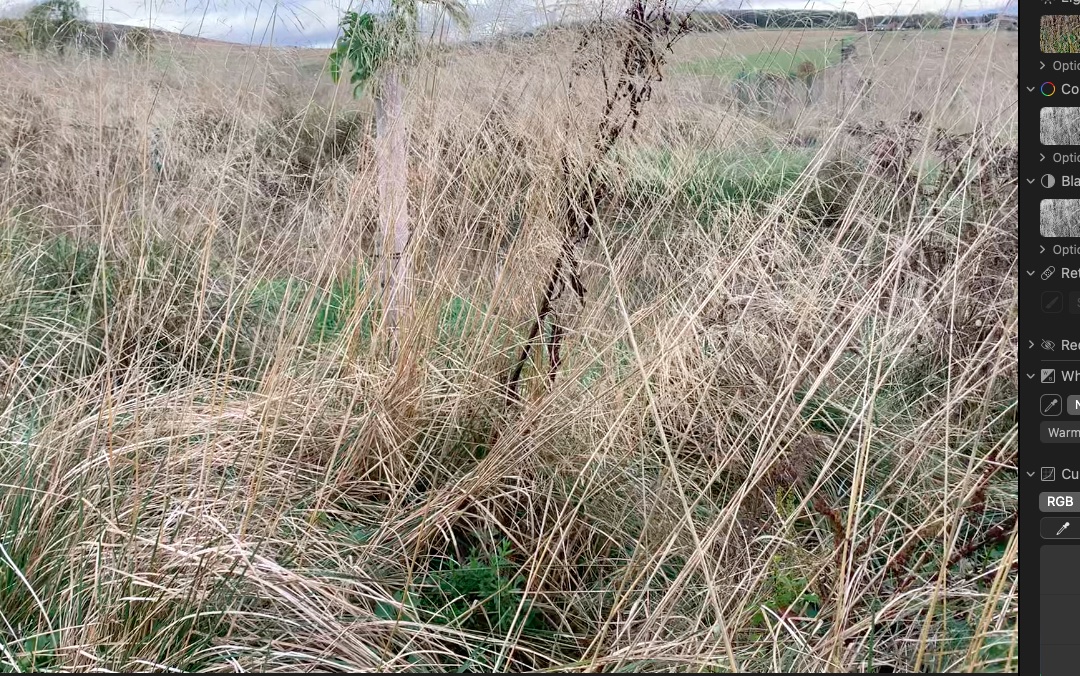
It was very disappointing to miss this morning’s workshop at the V&A. Using drawing as a mechanism for thinking is very close to my heart. However the day was not wasted. A lunchtime talk by Rachel Bacon streamed from Lancaster Arts answered many of the issues that have been developing recently. At least Rachel didn’t necessarily answer my questions as much as show me that she was considering the same territory. If we are making work that is concerned with the careless consumption of the very guts of our planet, how do we think about the materials we use in the making of the work?

Bacon started her presentation of the same open cast coal mine in Germany that we had passed in the spring. The mine itself had been terrifying to see. The scale of the scar was unbelievably enormous. In the image above the mine looks as though it is emerging from the ground. This is an optical illusion. The floor of the mine is 293m below sea level at its deepest. That is nearly as deep as our house is high in the hills. Bacon talks about the marks that the machines make on the earth’s surface being akin to drawn marks on paper. She is a brave woman. Her message is clearly that ‘we humans can no longer pretend that we are in control’. We are looking at huge swathes of loss, loss of habitat loss of hope, loss of the stories that we have told ourselves about our human cleverness.
She talks about the processes by which diamonds are formed deep in the earth and how sometimes they can turn back into graphite. She promotes the idea that if this is possible then there is hope that other reversals may happen. In terms of drawings as tools with which to think, she helpfully tells us that ‘an image is a way to orientate yourself in the world’.
From Bacon’s talk I follow her suggestions to Timothy Morton. Morton is an ecologist and philosopher who has been attributed with popularising the term anthropocene. His books include;- Dark Ecology, Hyperobjects, All Art is Ecological, He talks about how art is different from science in that it can hold two contradictory ideas at the same time. He also talks about ‘ideas being from the past and feelings being from the future’. This idea resonates with my drawing. I am aiming at drawing a future. If I succeed I will have articulated an idea about my feelings. I will have moved through my feelings and will chasing a new emotion. I appreciated his lightening fast association of ideas, his almost tangiible paranoia. What a delight that he is in such a place of respect and influencing so many others.
https://www.theguardian.com/world/2017/jun/15/timothy-morton-anthropocene-philosopher
‘My garden is a dump’ delights me with its attack on the banality and insidious danger of lawns. So many of his points are familiar to me, the power play of a large lawn that needs to be mown with a power guzzling machine. To take on the American lawn is courageous to say the least. It is so fundamental to an accepted norm that to attack it could convince people that he is completely mad. However his arguements are crystal clear, he may not reference the ideas – he moves too fast – but he is my new hero.

Leave a Reply
You must be logged in to post a comment.